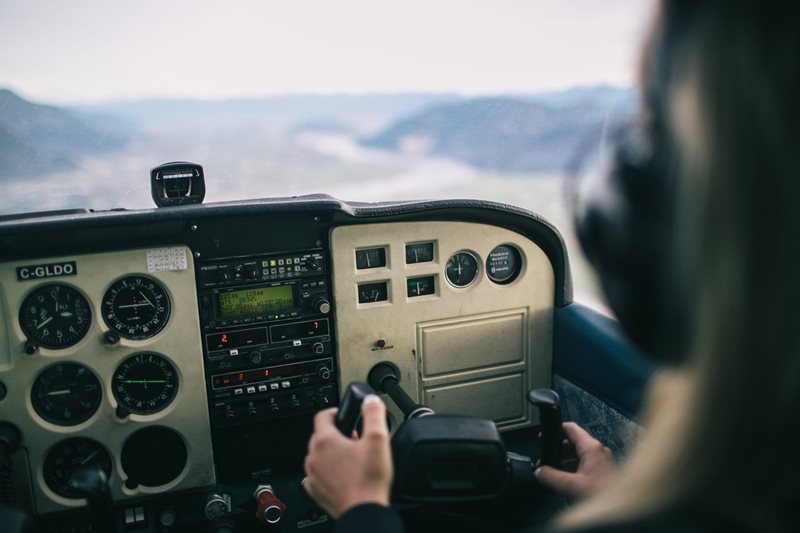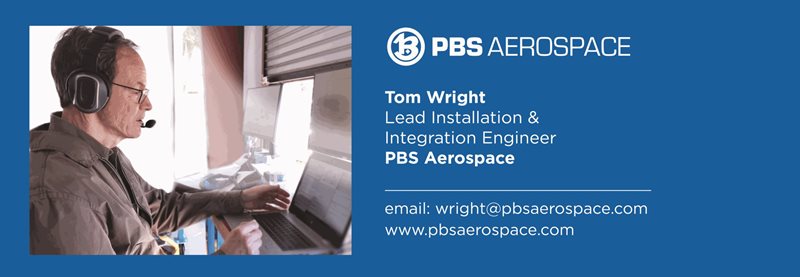Data transmission as part of successful engine integration
PBS Aerospace specializes in integration of turbine engine into an aircraft and in order to have a successful integration, it is also important to take into consideration the cockpit requirements. Even though unmanned aircraft don’t exactly have cockpits, consideration still needs to be made for the operator on the ground for this type of aircraft.
The first part of this topics is to check which data is available from the engine, and how it can be transmitted. PBS engines are exemplary in this regard as most of them have the capability of sending and receiving data through a CAN bus, or also transmitting/receiving these data discretely.

The data transmitted between the engine and airframe falls into one of two categories:
- Data that is transmitted from the engine to the airframe (or operator, if unmanned).
- Data that is transmitted from the airframe (or operator, if unmanned) to the engine.
The first category consists of engine data such as engine speed(s), engine temperatures, engine oil temperatures, etc. Each of the available data set must be considered to determine if the information is of value to the pilot. Important items must be readily available to the pilot. Secondary items can be displayed either in submenus, or out of the line of sight of the pilot. Color coding (i.e. red, yellow, green, etc.) can also be used to signify the amount of importance to the pilot. PBS engines give you the ability to fully integrate their available date with modern aircraft flight control systems. This makes the cockpit a seamless environment for the pilot.
The second category consists of commands from the pilot to the engine. These commands consist of desired engine power level settings (i.e., idle, run, shut down, etc.) necessary to tell the engine the pilot’s desired engine output.
When we are working on unmanned vehicles, the only difference that is necessary for an unmanned aircraft is that data rate considerations must be understood. A command that is required immediately should not take several seconds to get to the engine. This is something that we at PBS Aerospace understand well, and always check in detail during the integration process.
